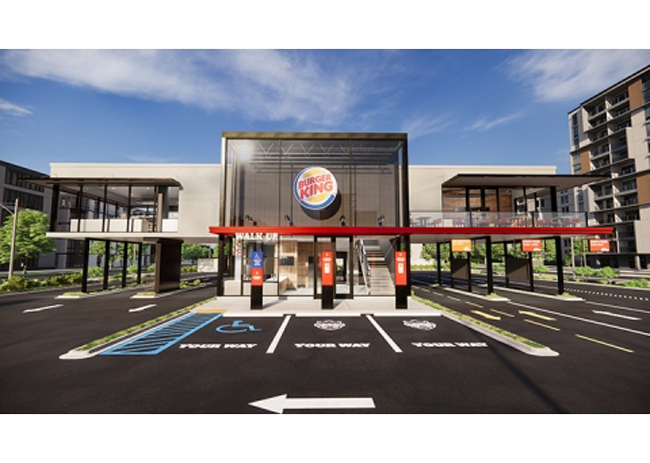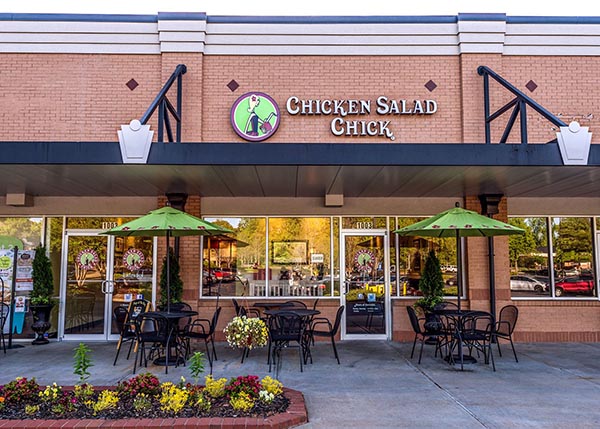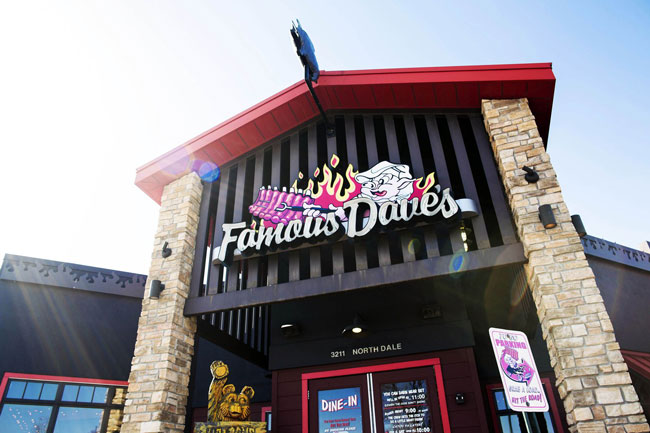 Tim SpiegelglassTim Spiegelglass has been involved in the construction industry since before he could walk. He was born into the family that owns Spiegelglass Construction Company in St. Louis.
Tim SpiegelglassTim Spiegelglass has been involved in the construction industry since before he could walk. He was born into the family that owns Spiegelglass Construction Company in St. Louis.
Spiegelglass’ great-grandfather established the company in 1904, and in 2021 Tim Spiegelglass took over as owner of the business when his father retired. The company regularly works with operators and builds restaurants.
How did you initially get involved in building restaurants?
TS: My dad and uncle got us into restaurants in the 1990s with Panera Bread. I was a teenager, driving the truck and doing some labor. We started doing quick-serve restaurants and then got into fine dining, [which involves] more details and finer finishes.
How can restaurants stay under budget when building a restaurant?
TS: The more planning you do upfront and the better the plans are, the less problems you’re going to have during the build. If you don’t spend the money upfront for good plans, you’re going to end up paying for it down the line — in cost and because you won’t open in time.
It’s about having a realistic budget and a realistic timeframe of when you can get that job done.
You also need good communication. We require a weekly meeting so we’re touching base with the project owner to keep them up to speed.
What are red flags in a construction project?
TS: For general contractors, subcontractors and owners, at least in Missouri, there is a way to look up how many lawsuits are against someone. Lawsuits happen in every business, but you don’t want to see 10 pages of litigation. With restaurant owners, do they have enough money to pay? Did their former restaurants close? Are they realistic with their plans or is it too much of a dream?
I can look at some construction plans and see they’re way out of control — that it’s going to cost twice as much as they thought it was going to be. But some owners don’t know what a want versus a need is.
There are also red flags with the plans, and they need to be detailed. I was once building two restaurants at the same time. One was a Panera Bread and the building plans were 128 pages; the other was an independent restaurant with five pages of plans. The buildings were the same size. That told me I would have to be involved a lot more in the independent project.
At the same time, are there elements of the build that are worth the splurge?
TS: Yes, a vestibule anywhere it gets really cold. It’s going to take up square footage but it’s worth it because otherwise people and food get cold.
I would always put tile on the wet walls in the bathrooms, for cleanability. It can look nice and it serves a good function. And always include chair rails. They’ll protect your dry wall and paint that people usually wait to fix, making your restaurant look rundown. It’s a good idea to spend money upfront to protect your restaurant and that makes it look good over time.
And think about the acoustics. Everyone wants an open ceiling but nobody thinks about how loud that restaurant is going to be. So buy things with sound-absorbing qualities like upholstered seats, which cost more than wooden chairs but can really cut down on the noise. That’s the atmosphere in a restaurant and that’s where you want to spend money. That’s a need versus a want.



